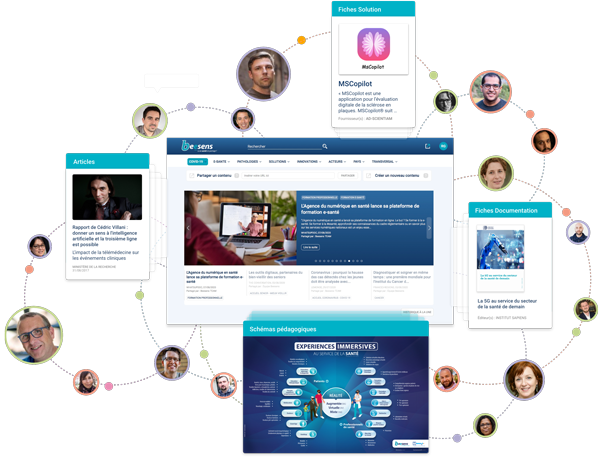"To help cope with the social distancing measures put in place to help flatten the curve of COVID-19 infections, the healthcare industry had to adapt quickly. Telehealth became a saving grace for hospitals, clinics and doctors at the height of the pandemic in search of a way to provide the same quality of care services while minimizing the spread of the coronavirus. Key trends have emerged surrounding the use of the technology that will continue to shape the future of telehealth services.
Simply put, telehealth uses communication technology to deliver healthcare services to patients without the need to be in the same physical location such as video chat via apps or webcams, phones, or video conference software.1 Prior to the pandemic, telehealth services were generally limited adhoc services with a large range of restrictions.2 Originally, they were created to support rural and underserved patients gain access to specialists when local help was severely limited.3 Jump forward to 2020-2021, and telehealth is becoming widespread across all aspects of the industry.
According to the Centers for Disease Control and Prevention (CDC), telehealth utilization spiked by more than 154% in late March of 2020 compared to the same period in 2019.4 Additionally, the market is expected to rise to over $397 billion USD by 2027 following current predictions made by Fortune Business Insight.5 To illustrate the impact the pandemic has had on the industry, in 2019 the market was only worth $42 billion USD.5 While usage over time has subsided since the peak of the pandemic, it has become clear that telehealth is now an instrumental part of the future of healthcare delivery..."
Lire la suite
The future of telehealth: 8 trends
HEALTHCARE TRANSFORMERS, 01/09/2021
Partagé par :
Beesens TEAM

Informations liées
Thématiques
Enjeux
Évolution des usages
Ergonomie - UX Design
Accueil Pédiatrie
Télésurveillance
Accueil santé mentale
Solutions
FITBIT
Apple Watch
Teams
CDC
It is now
Structures
HAS
APPLE
FITBIT
Current Health
HP
World Health Organization
HP
CDC










